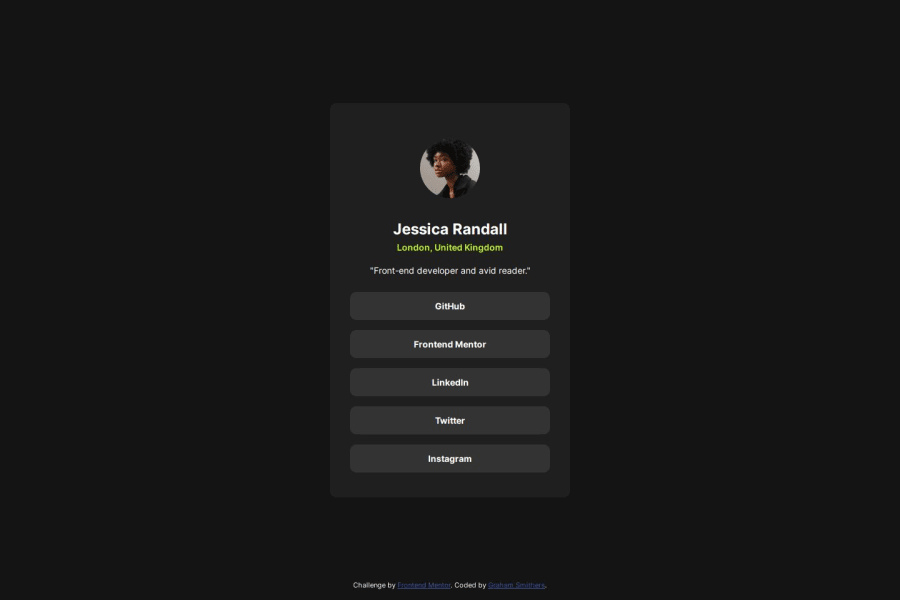
Design comparison
SolutionDesign
Solution retrospective
What are you most proud of, and what would you do differently next time?
I am happy that I created a more structure stylesheet, this was my first attempt after researching the BEM methodology. This is something I found very helpful and will continue to use and improve on
What challenges did you encounter, and how did you overcome them?Did not have the design files for this challenge so tried my best to gauge by eye.
What specific areas of your project would you like help with?How to correctly size text is something I need to improve on.
Community feedback
Please log in to post a comment
Log in with GitHubJoin our Discord community
Join thousands of Frontend Mentor community members taking the challenges, sharing resources, helping each other, and chatting about all things front-end!
Join our Discord
